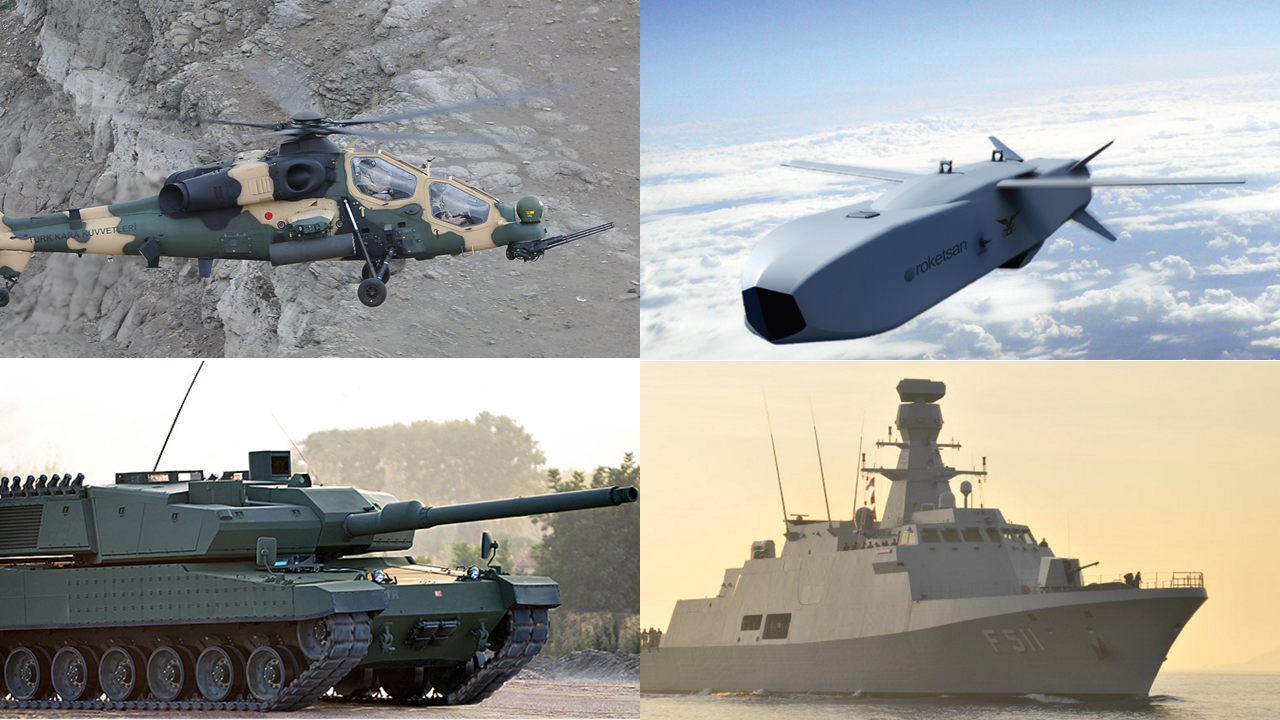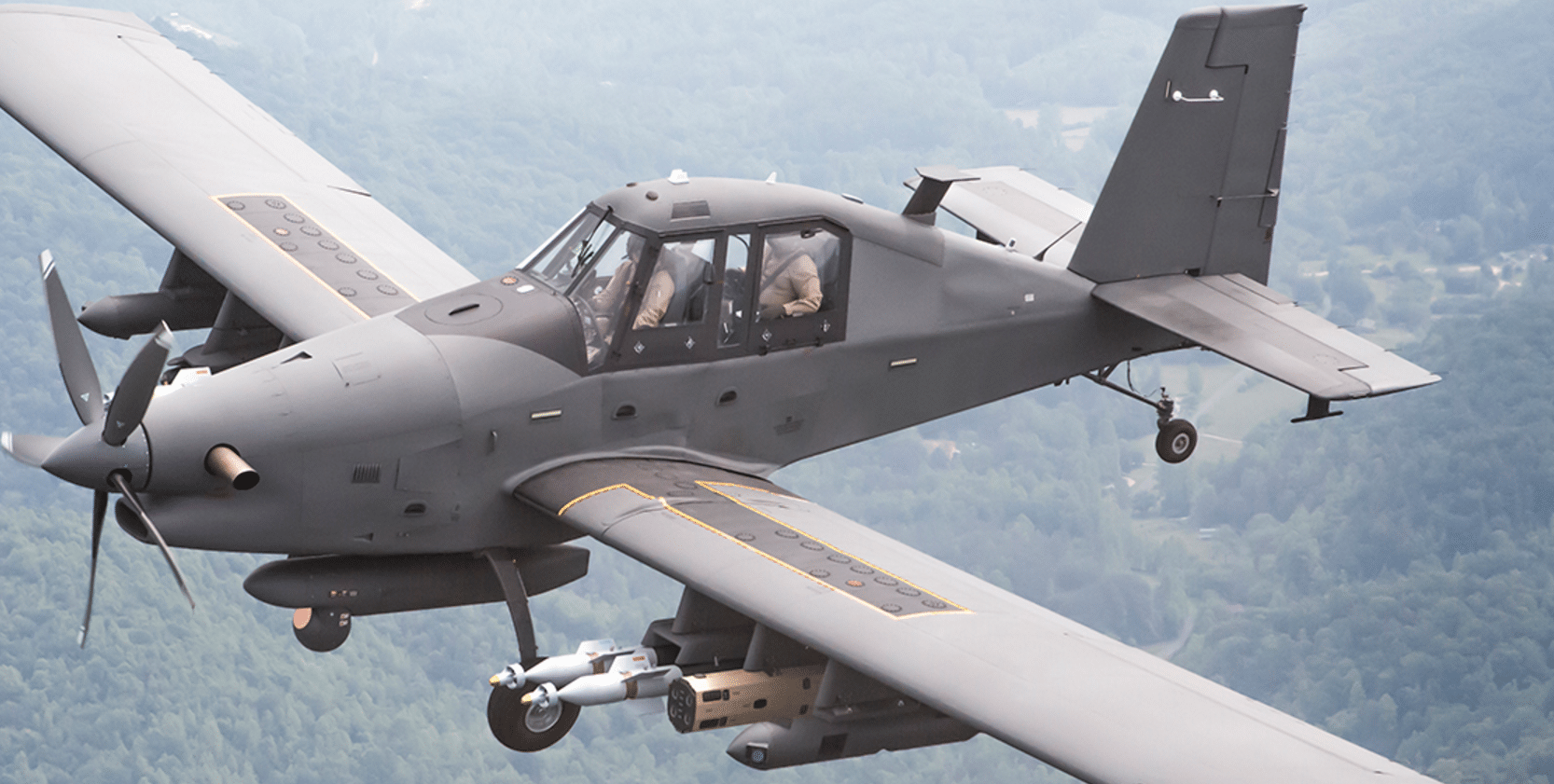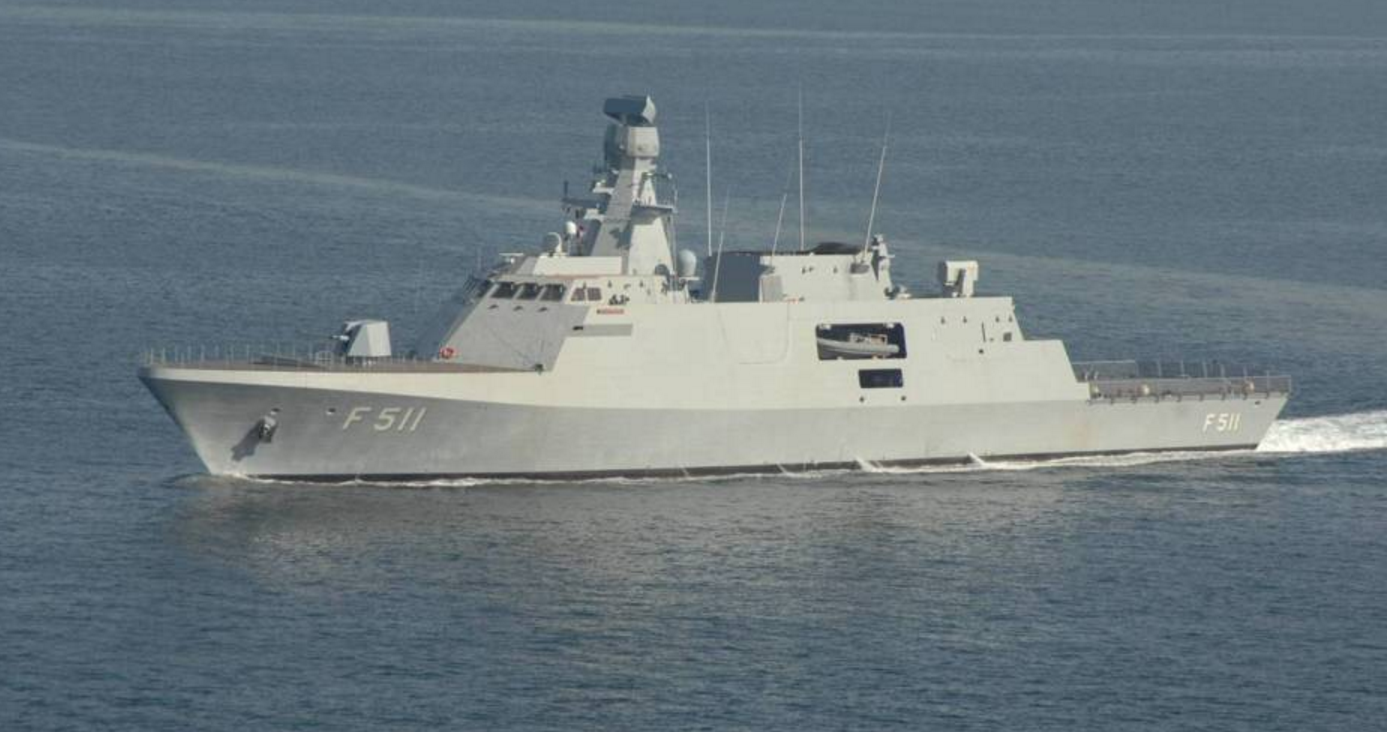2506Views 3Comments

This Week in Review: Turkish-Pakistani defence ties climb
Given that we are covering an increasing amount of news, we felt it would be a good idea to close our weeks with an article that ties together several of the week’s topics into a broader theme. This will be beneficial to you, our readers, because it will present an opportunity to reflect upon and discuss issues in a way where we could all identify key trends, connect current news to bigger issues, and – to put it simply – ‘see the big picture’ (or deny that there is one at all!).
For this week, if there was a theme that strongly stood out, it would be the sudden climb in defence ties between Turkey and Pakistan; the Pakistan Navy’s request for four Ada-class corvettes, the Pakistan Army trialing the T-129 attack helicopter, the Pakistan Navy in talks to get its three Agosta 90B submarines upgraded by Turkey, and Turkey looking to buy Super Mushshak trainers from Pakistan.
To be fair, this news did only come about on Friday, but it marks a significant milestone in Turkish-Pakistani defence relations. Looking back, the two countries tried to strengthen their commercial ties, but economic constraints on Islamabad’s end prohibited the Pakistani armed forces from pursuing many avenues.
The Pakistan Navy was supposed to have put the Ada-class corvettes in the pipeline in the late 2000s and early 2010s, but – alongside a purchase of three state-of-the-art German Type 214 submarines – the deal was scuttled. Lack of fiscal power also prevented Pakistan from seriously pursuing the Turkish Aerospace Industries (TAI) T-129 attack helicopter as well (even though Turkey was willing to offer three free units).
But while some avenues closed, others were able to proceed, such as the Mid-Life Update (MLU) TAI was able to implement on the Pakistan Air Force (PAF)’s 40-odd F-16A/B Block-15s. In parallel, TAI awarded Pakistan Aeronautical Complex (PAC) a contract to produce a number of parts for the TAI Anka unmanned aerial vehicle (UAV) program. Pakistan also bought a number of comparatively low-profile – but relatively very important – hardware from Turkey, such as software defined radios. These are critical systems as they are used for secure communications, and basically form the physical layer of a data-link network. Two MRTP-33 fast attack crafts (FAC) and MRTP-15 boats were also inducted by the Pakistan Navy.
All said, it would be very unfair to paint good defence ties only in terms of commercial exchanges. While Pakistan had trouble procuring hardware, it was given the valuable opportunity to gain exposure to modern warfare doctrine through Turkey, a NATO power. Irrespective of one’s views about NATO, at the end of the day, exposure to others and their way of doing things is a valuable learning experience. Through multi-national exercises, training exchange programs and other initiatives, Pakistan has been able to acquire that exposure, and in turn, incorporate the good into its own training and development schemes.
Momentum in hardware sales began to return in 2016. First came Pakistan’s reported interest in the Altay main battle tank (MBT) produced by Otokar. At 65 tons, the Altay MBT is a heavyweight tank loaded with today’s technological advancements, especially in its armour, on-board electronics, and self-protection measures. The nature of Pakistan’s interest was not clear; is it looking at the tank, or at the subsystems it could re-apply onto other programs, such as the al-Khalid and Haider? In early May, the two countries had agreed to strengthen bilateral defence ties, and while such commitments are routine, it seems that this one was – in material terms – very significant. It was only a week later that the PAF was reported to be in talks with TAI to push 74 F-16A/Bs through an upgrade. Following that, we got Friday’s news.
On Quwa, we even wondered if Aselsan could be tapped into to provide an electronic warfare and electronic countermeasures suite for the JF-17. The company certainly has the ability to produce a modern solution, as evident with its homegrown Helicopter Electronic Warfare System (HEWS) kit. If not that, then the Aselsan ASELPOD targeting pod as well as TUBITAK-SAGE and Roketsan’s precision-guided munitions kits could be looked at (if necessary considering comparable solutions are made in Pakistan).
TAI is also interested in marketing the Anka UAV and the Hürkuş turboprop trainer to Pakistan as well. To what extent Pakistan would be interested in either is not known, but they are promising platforms.
The Anka is an intelligence, surveillance and reconnaissance (ISR) platform, but a capable one thanks to its ability to carry synthetic aperture radar (SAR) and a range of electro-optical as well as infrared (EO/IR) equipment. That said, analysts believe that the UAV’s current iteration – Anka-B – will likely be armed, eventually. From that standpoint, the TAI Anka is an all-round medium-altitude long-endurance (MALE) UAV capable of ISR and (eventually) attack. Moreover, TAI is willing to loop Pakistan Aeronautical Complex (PAC) into the production and maintenance cycle.
The TAI Hürkuş is a turboprop trainer designed to replace basic jet trainers such as the T-37, which forms the backbone of the PAF’s training fleet. At present, it does not seem like the PAF is looking that way, TAI would need to demonstrate that the Hürkuş is comparable in training value to the K-8, and also show that the Hürkuş’ operational costs are lower. Offering local licensed manufacturing via PAC might help as well. If it is of any interest to the PAF, then the prospect of one day arming the Hürkuş into a lightweight attack platform akin to the A-29 Super Tucano could be a contributing factor. A commercial incentive, perhaps by letting PAC source some of the parts (for all users), could sweeten the proposition as well.
Beneath the big-ticket purchases (of warships and aircraft), there are many potential avenues for defence cooperation between the two countries. If anything, Turkey has the experience, expertise, and physical foundations to engage in research and development work. Tapping into Turkey for capacity building (e.g. educating R&D professionals) could be an avenue. In Pakistan’s case, its ability to engage is tied to its fiscal power, which needs to be brought under effective leadership so that it could grow, not dwindle (which has been the case – sadly – for the past several decades). If Pakistan rectifies the problem, then the relationship between the two countries could get very interesting.



3 Comments
by Sami Shahid
Pakistan should also spend on its navy to secure balochistan
by Abdul Rashid
The last two sentences of the article sum it all up really well.
by Mehmet Aydemir
Pak and Turkey must unite their knowledge of defance industry…parnership in defence bring wealthy and growth…